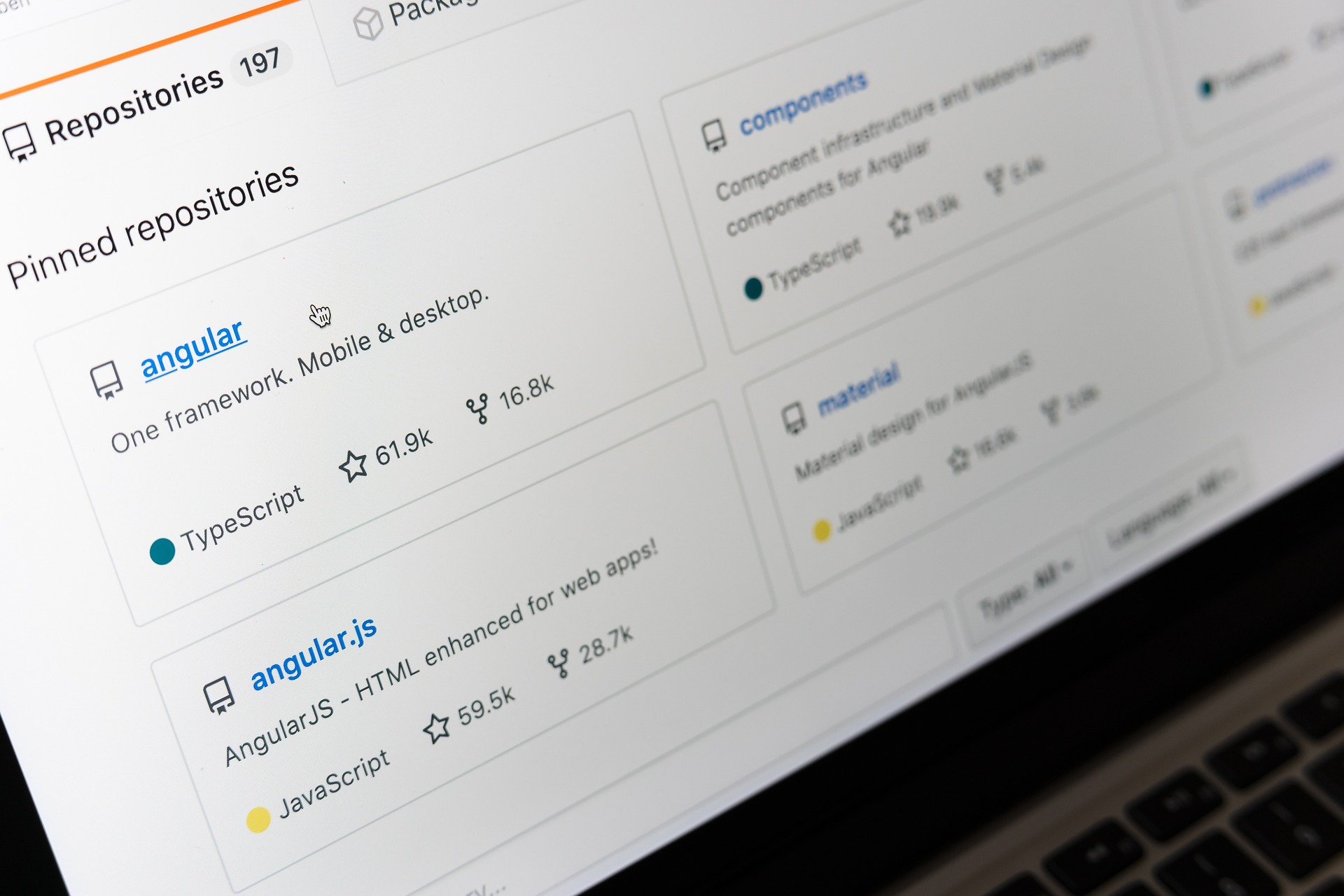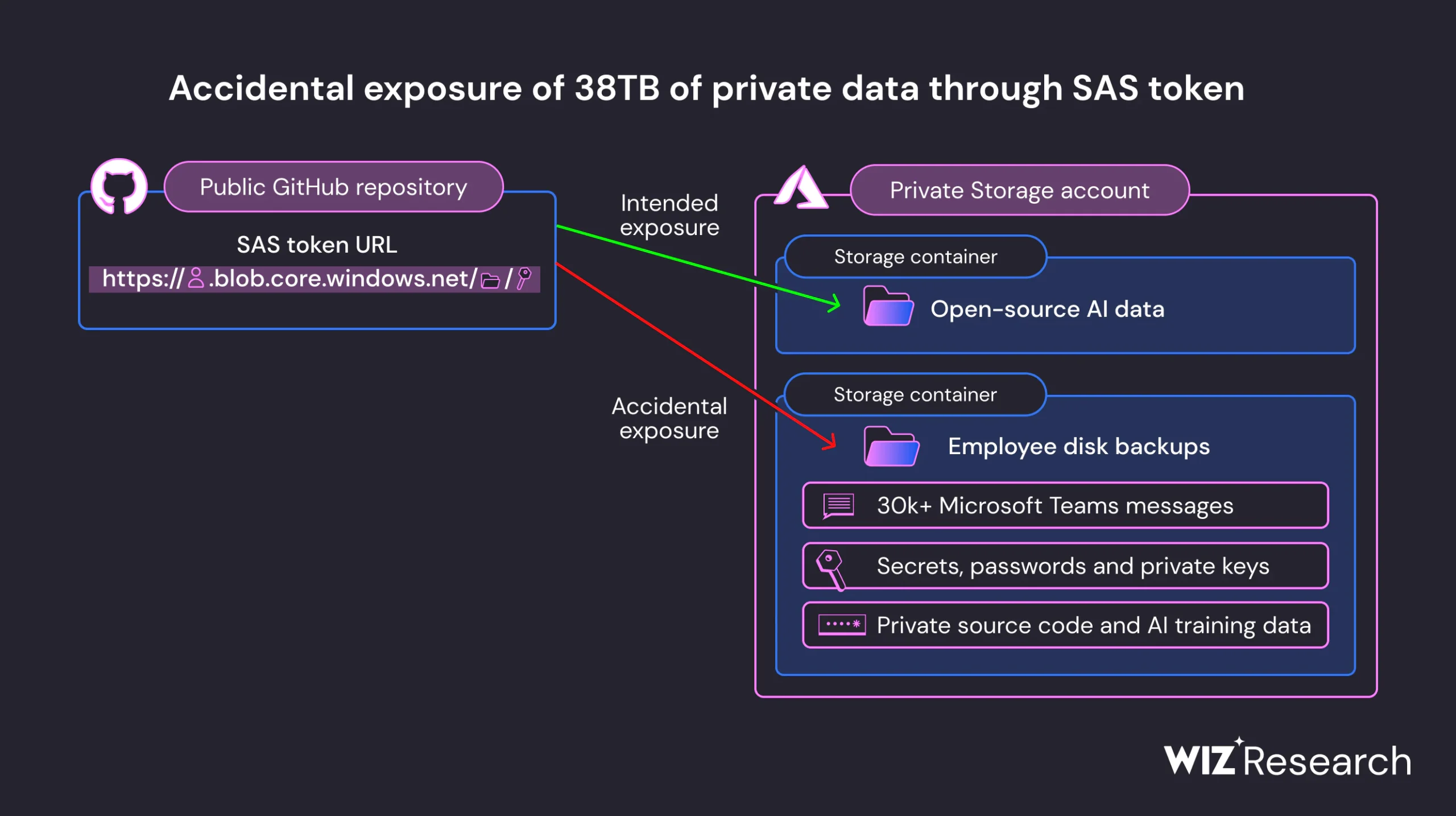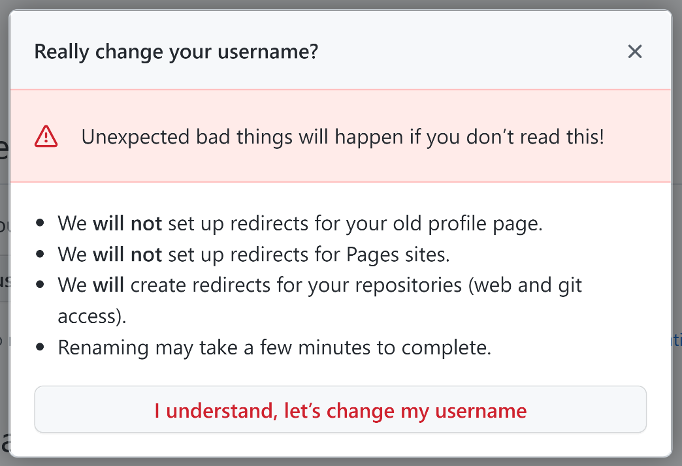Attaccanti distribuiscono trojan usando AWS e GitHub
I ricercatori di FortiGuard Labs hanno scoperto una campagna di phishing che porta gli utenti a scaricare un downloader Java malevolo per distribuire VCURMS e STRRAT, due trojan ad accesso remoto (RAT).
Il primo RAT è in grado di ottenere informazioni da diverse applicazioni, come Discord e Steam, e raccogliere cookie, dati per l’autocompletamento, la cronologia del browser e le password memorizzate nel browser. VCURMS è inoltre in grado di accedere alle informazioni di rete del dispositivo, a dati sull’hardware, alla lista di processi in esecuzione e può catturare screenshot. Il secondo trojan invece non solo permette a un attaccante di ottenere credenziali da browser e applicazioni, ma agisce anche come keylogger.

Pixabay
Per ottenere accesso iniziale al dispositivo della vittima, gli attaccanti inviano una mail dove si richiede di verificare delle informazioni di pagamento, con allegato un file PDF. Il file è in realtà un eseguibile che, una volta aperto, scarica ed esegue un file JAR malevolo sul dispositivo della vittima.
Il file installa i due RAT e VCURMS si replica nella cartella Startup di Windows, così che venga sempre eseguiti durante lo startup del sistema. Il primo trojan è quello che si occupa della comunicazione con gli attaccanti: non appena la vittima è online, esso si connette al server C2 per ricevere istruzioni.
Stando all’analisi di FortiGuard Labs, gli attaccanti usano servizi come AWS e GitHub per distribuire i JAR e sfruttano protector commerciali per eludere i controlli di sicurezza.
Per proteggersi da questo tipo di attacchi è fondamentale controllare sempre la legittimità dei mittenti delle email e non scaricare allegati se non si è assolutamente certi della loro provenienza.
Condividi l’articolo
Articoli correlati
Altro in questa categoria
https://www.securityinfo.it/2024/03/14/attaccanti-distribuiscono-trojan-usando-aws-e-github/?utm_source=rss&utm_medium=rss&utm_campaign=attaccanti-distribuiscono-trojan-usando-aws-e-github










